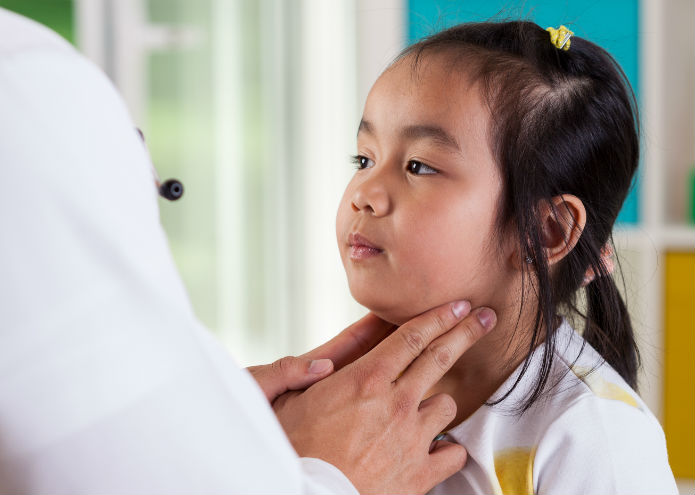Condition
Pediatric Sinusitis
What You Need to Know
When discharge from the nose is blocked, bacteria may start to grow. This leads to a sinus infection or sinusitis.
Key Symptoms
The most common symptoms of sinusitis are:
- Headache
- Stuffy nose
- Postnasal drainage
- Pain or soreness over sinuses
Diagnosis
Doctors typically diagnose sinusitis by:
- Sinus X-ray
- CT scan
- Cultures from the sinuses
Treatment
Treatment may include:
- Antibiotics
- Allergy medicine
- Other medications
Schedule an Appointment
Our pediatric specialists provide personalized care for your child’s physical, mental and emotional health needs. Meet our providers and schedule an appointment today.
Frequently Asked Questions
Prevention and Risk Assessment
What is sinusitis?
Which children are at risk for sinusitis?
What causes sinusitis in children?
What can I do to prevent sinusitis in my child?
Diagnosis
What are the symptoms of sinusitis in children?
How is sinusitis diagnosed in children?
Treatment
How is sinusitis treated in a child?
What are the possible complications of sinusitis in children?
Meet the Providers Who Treat Sinusitis
Departments that Treat Sinusitis
.jpg)
Ear, Nose and Throat (Otolaryngology)
Our ENT specialists offer expert care in ear, nose and throat conditions. Learn about our advanced pediatric ENT (otolaryngology) treatments.

Help Kids and Make a Difference
Invest in future cures for some of life's most devastating diseases. Give today to help more children grow up stronger.








